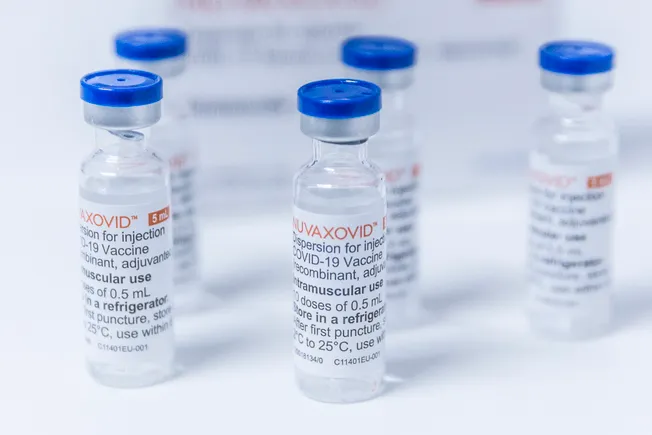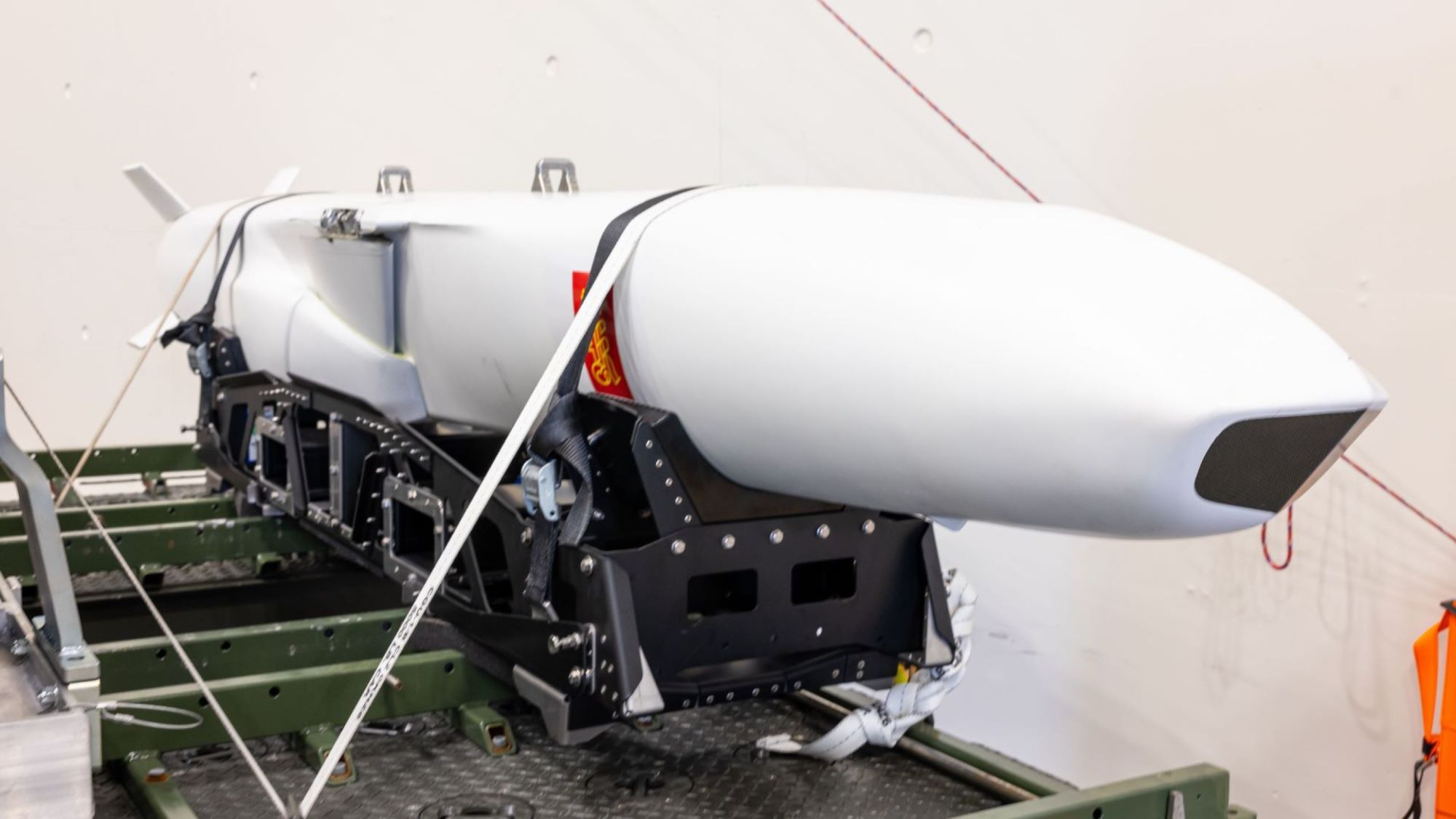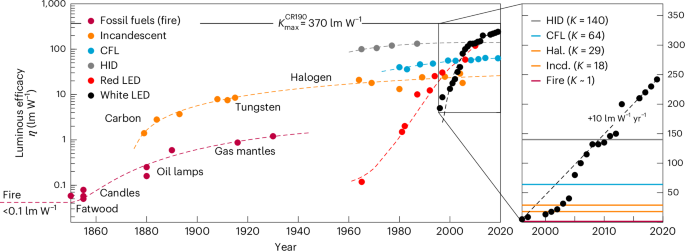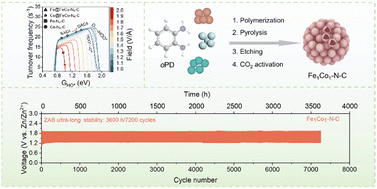Molybdenum Disulfide Nanocomposites for Cancer Diagnosis and Therapeutics: Biosensors, Bioimaging, and Phototherapy
Advanced Healthcare Materials, EarlyView.

Due to their unique physicochemical properties, molybdenum disulfide (MoS₂) nanomaterials exhibit remarkable potential in cancer diagnosis and therapy. Their strong near-infrared absorption enables photothermal therapy and controlled drug release, while functionalization enhances biomolecule interactions, biosensing, and tumor targeting. This review explores recent advances in MoS₂-based nanocomposites for cancer treatment, highlighting their therapeutic applications and prospects.
Abstract
Molybdenum disulfide (MoS₂) nanomaterials have attracted significant interest in cancer diagnosis and therapy due to their unique physicochemical properties. Due to its extensive surface area and adaptable structure, MoS₂ may engage with pharmaceuticals and biomolecules via covalent and non-covalent interactions. This versatility enhances the sensitivity of identifying specific biomarkers, colloidal stability, and tumor-targeting capabilities. In the near-infrared (NIR) spectrum, MoS₂ exhibits strong optical absorption and efficient photothermal conversion, making it suitable for NIR-driven phototherapy and regulated medication release. Functionalized MoS₂ nanocomposites react differently to the tumor microenvironment, which improves treatment effectiveness by increasing drug accumulation at cancer sites and decreasing off-target effects on healthy tissues. Recent developments in MoS₂-based nanocomposites for cancer detection and treatment are reviewed in this study, with particular attention paid to their uses in photothermal therapy, photodynamic therapy, biosensing, and bioimaging. Additionally, it looks at the difficulties and potential applications of MoS₂ nanocomposites in cancer.




























































































































































